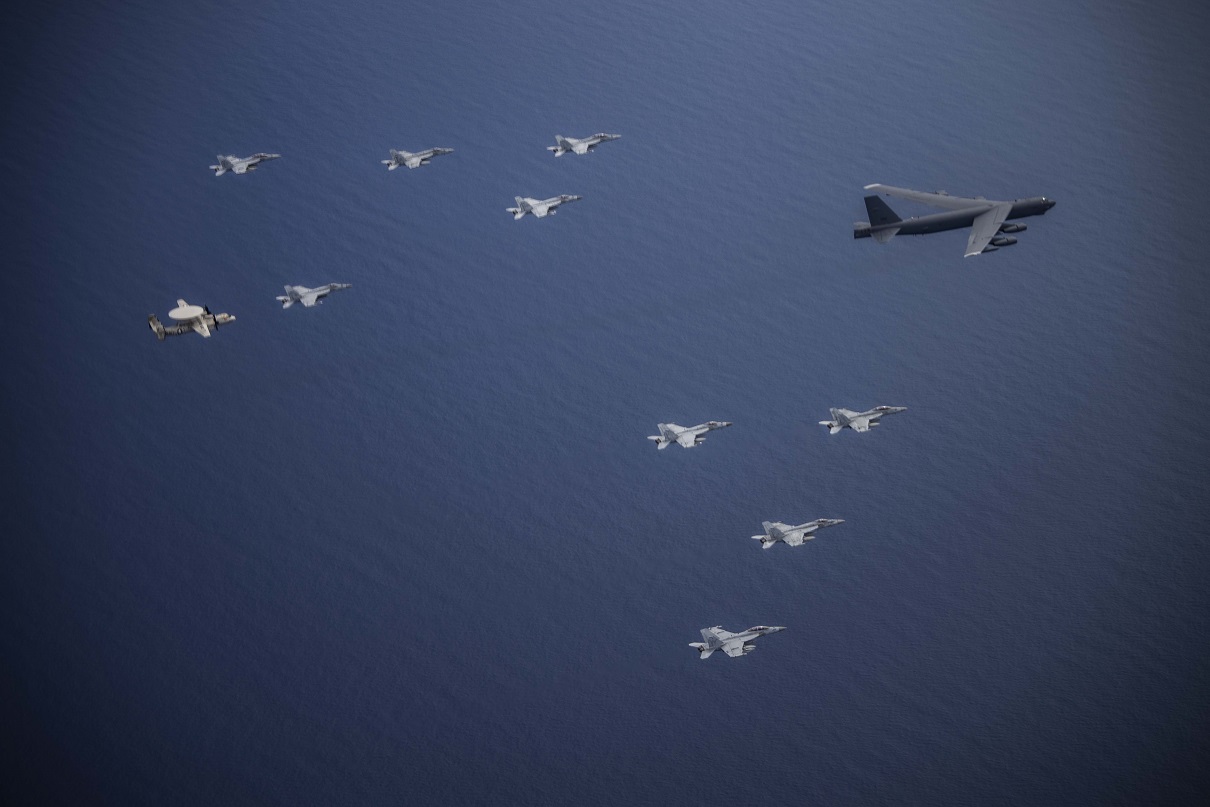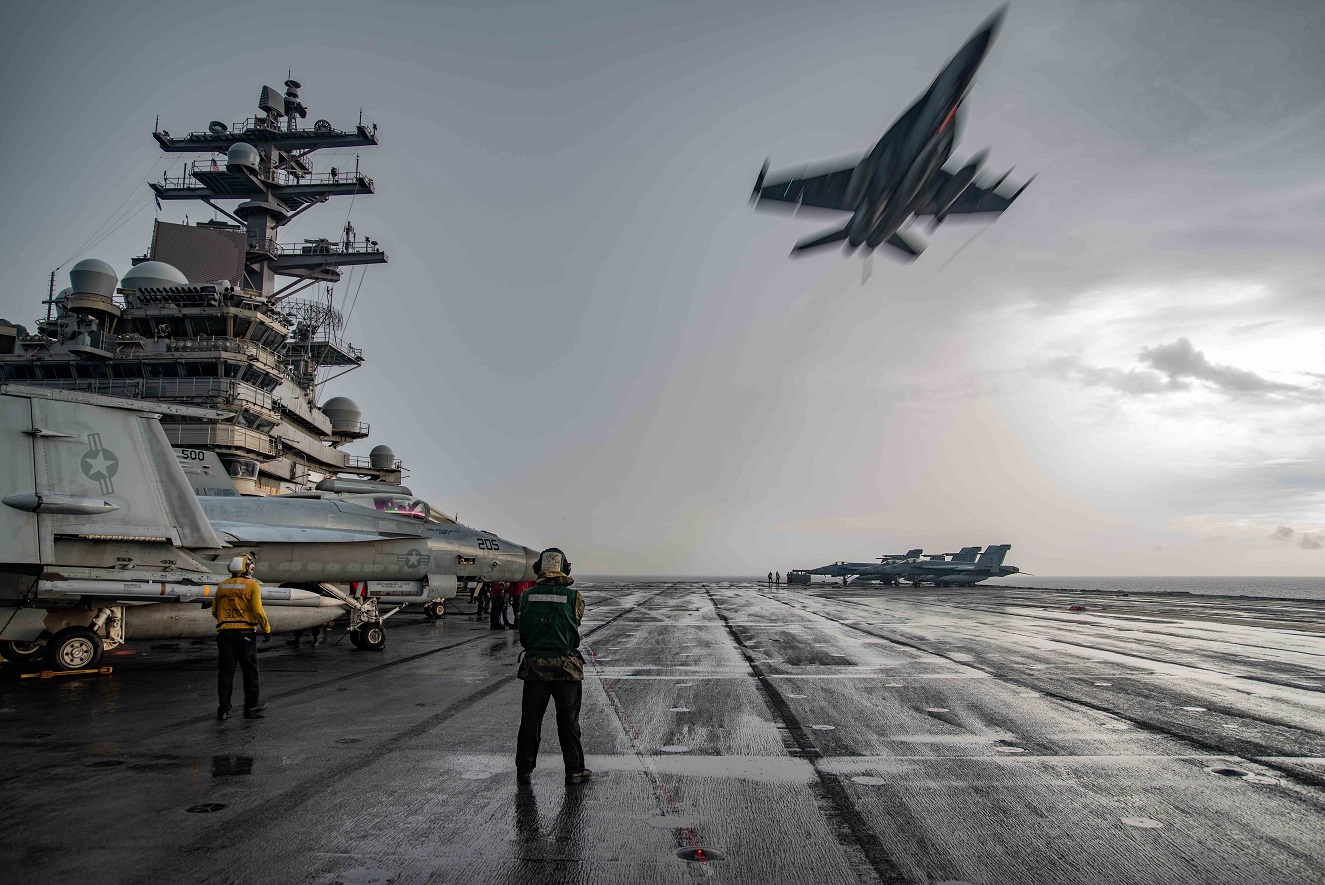American troops launches large-scale military exercises in South China Sea
Posted on
The U.S. Forces are carrying out a series of large-scale military exercises in the South China Sea amid border tensions between India and China.
The USS Nimitz and USS Ronald Reagan aircraft carriers and several warships were deployed to the South China Sea to demonstrate U.S. Indo-Pacific Command’s commitment to the security and stability of the Indo-Pacific region.
High-end integrated exercises build unmatched flexibility, endurance, maneuverability, and firepower in an all-domain warfighting environment. These efforts support enduring U.S. commitments to stand up for the right of all nations to fly, sail, and operate wherever international law allows.
Sailors from both carrier strike groups continue to stand the watch, defending freedom every day of deployment, and reflecting on the freedoms we hold sacred.
In addition to U.S. Navy warships, B-52 strategic bombers also take part in the exercises. One B-52 Stratofortress bomber from the 96th Bomb Squadron, 2nd Bomb Wing, Barksdale Air Force Base, Louisiana, participated in a maritime integration exercise with the USS Nimitz and USS Ronald Reagan carrier strike groups in the South China Sea before landing at Andersen Air Force Base, Guam.

The B-52 flew the 28-hour mission to demonstrate U.S. Indo-Pacific Command’s commitment to the security and stability of the Indo-Pacific region.
“Bomber Task Force demonstrates U.S. capability to rapidly deploy to a forward operating base and execute long-range strike missions,” said Lt. Col. Christopher Duff, 96th Bomb Squadron commander. “This sortie demonstrates our ability to reach out from home station, fly anywhere in the world and execute those missions, rapidly regenerate from a forward operating base and continue operations.”
During the mission, the B-52 aircrew tested and assessed command and control capabilities to inform the development of contested and degraded communication tactics, techniques and procedures to ensure seamless joint interoperability.
“As we operate throughout the Indo-Pacific theater, our Fleet units continue to seek out every opportunity to strengthen our capabilities and proficiency at conducting joint, combined, all-domain operations with our partner teams,” said U.S. Navy Cmdr. Joshua Fagan, Task Force 70 Air Operations officer. “Some of the recent events bringing Air Force B-52s and B-1s, Navy aircraft, and our ships at sea together on shared networks in support of integrated missions have been good opportunities for us to exercise the joint mission planning and coordination processes that we depend on to operate safely and effectively out here.”
U.S. Strategic Command’s bomber forces regularly conduct combined theater security cooperation engagements with allies and partners, demonstrating U.S. capability to command, control and conduct bomber missions around the world.

Subscribe to our newsletter
Promotions, new products and sales. Directly to your inbox.
